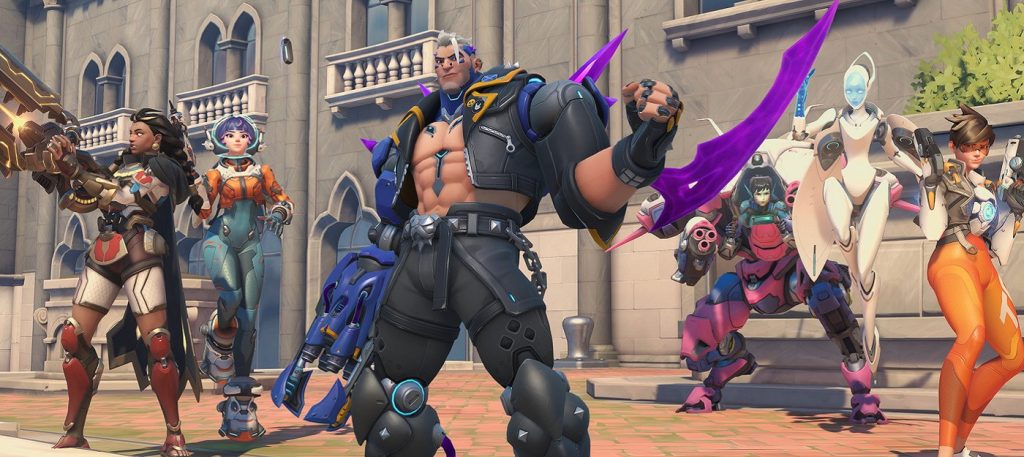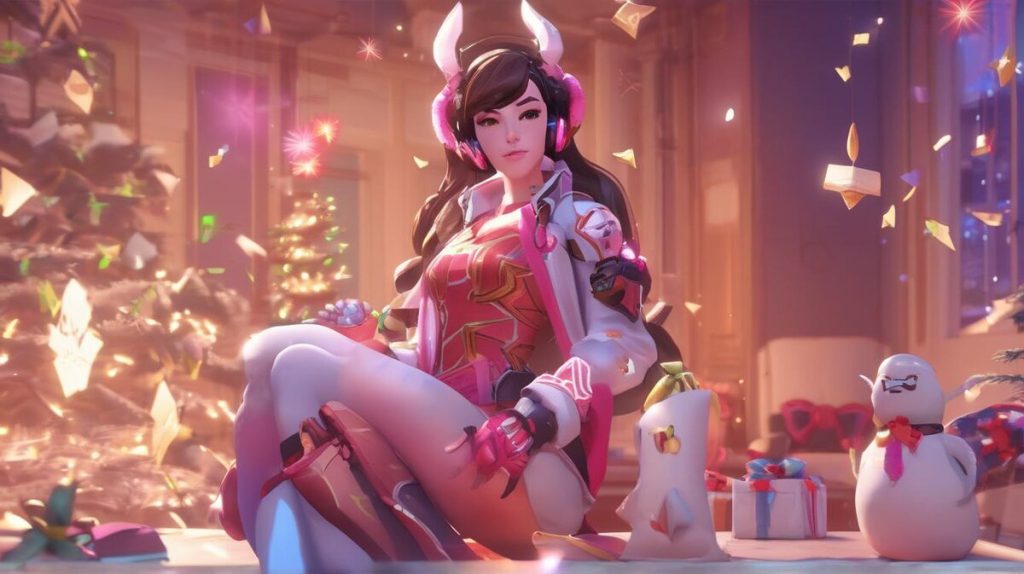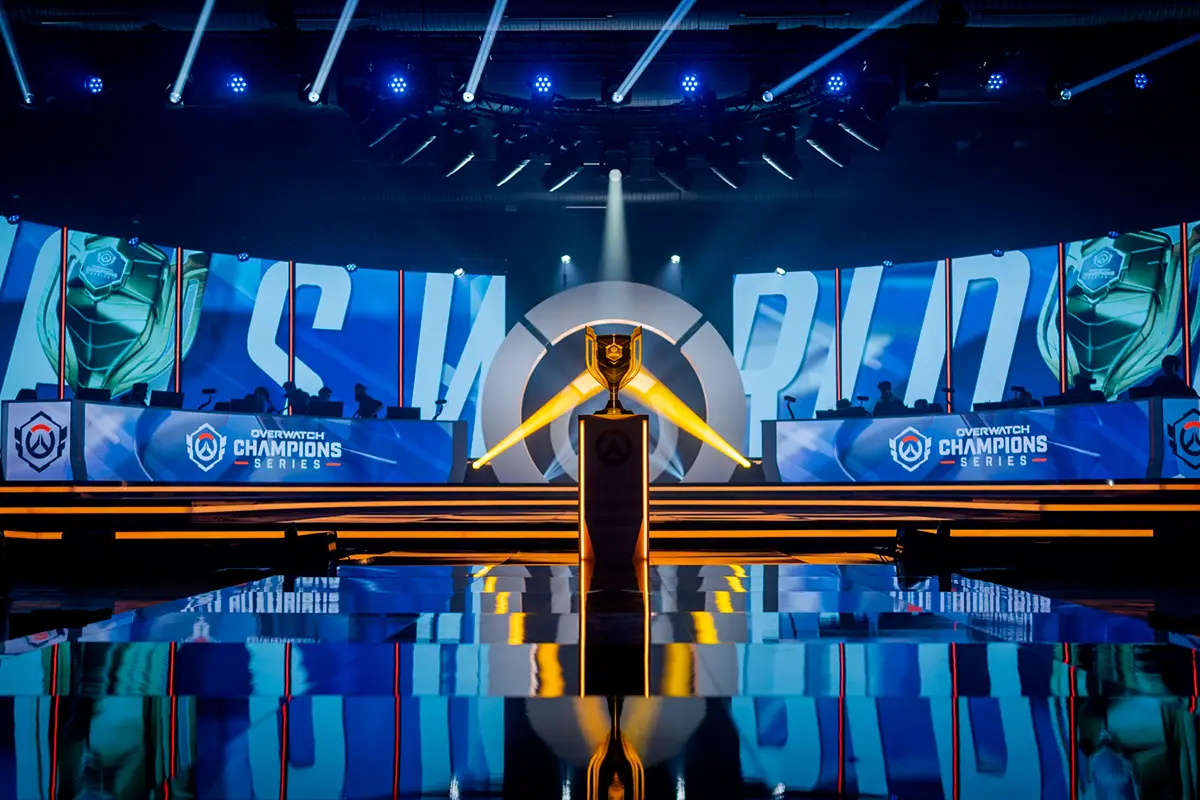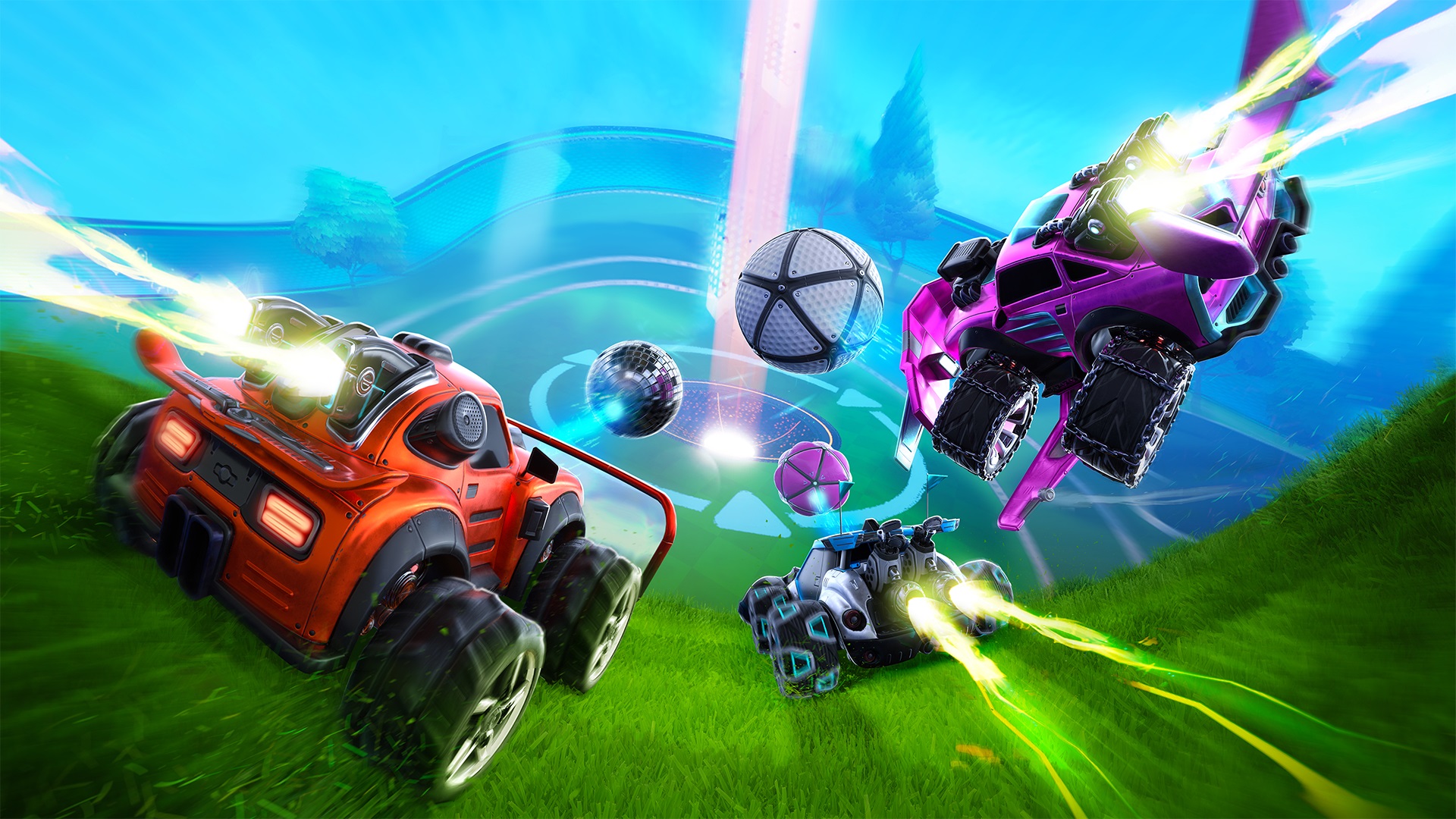The outcome of a match in Overwatch 2 depends not only on mechanics, reaction time, or team coordination, but also on who enters the battle. Game balance has focused on the effectiveness of individual characters who consistently turn the tide of battle in practice, provide map control, and dictate the match style. The best heroes in Overwatch 2 not only enable victory but also change the logic of gameplay.
The game offers over 35 characters with unique abilities, but only some of them consistently prove their versatility and adaptability on any maps and modes. Changes occur in every patch, but certain heroes remain at the top thanks to their functionality, damage output, mobility, or effectiveness in combos.
Tanks Shaping the Battle: Best Heroes in Overwatch 2
The frontline requires endurance, space control, and the ability to absorb damage. The best tanks in Overwatch 2 not only soak up damage but also create conditions for the team’s advancement.
Reinhardt — Close Combat Armor Machine
A classic tank with a huge shield (1600 HP) dominates in narrow corridors and capture points. His ability Charge instantly removes a key target from the fight, while his Earthshatter ultimate paralyzes multiple enemies for 2.5 seconds. He wields a hammer that deals area damage — effective against dense enemy groups. In team strategy, he takes a central position, advances the front, and protects healers from flanks.
Zarya — Damage Through Defense
Zarya uses mechanics to increase damage by absorbing damage with her shields. At maximum charge, she deals up to 170 DPS, turning her into an aggressive hybrid. Graviton Surge is her ultimate ability, pulling enemies into a point, easily combinable with AoE abilities of other heroes.
D.Va — Sky Control and Initiation
A mobile tank with a full set of space control: flight, projectile absorption, mech explosion. The best tank for aggressive flanking and disrupting sniper positions. On maps with multi-level structures, she ensures dominance over high points. When played skillfully, she poses a threat to healers and snipers.
Damage — Engine of Battle Pace
 The best heroes in Overwatch 2 in the damage category possess the widest variety of mechanics. Precision, map knowledge, and attack tactics are crucial here. From flankers to long-range shooters, damage dealers initiate and conclude attacks.
The best heroes in Overwatch 2 in the damage category possess the widest variety of mechanics. Precision, map knowledge, and attack tactics are crucial here. From flankers to long-range shooters, damage dealers initiate and conclude attacks.
Soldier: 76 — Stability and Versatility
He uses an automatic rifle with high DPS (up to 190 damage/sec), a healing field, and a tactical visor. Works on any maps, beneficial for beginners due to simple controls. Suitable for aggressive pressure, capturing positions, and controlling vertical spaces.
Hanzo — Sniper and Scout
A master archer with the ability to see enemies through walls (sonic arrow), break shields, and deal damage through cover. Dragonstrike is his ultimate, killing dense enemy groups when properly combined. Applies shuriken logic: requires trajectory calculation and timing. Ideal for controlling choke points and picking off healers.
Reaper — Close Combat and Healer Elimination
He uses shotguns and teleportation. Acts as a disruptor on flanks, infiltrates the backline, and eliminates healers. When activating Wraith Form, he becomes invulnerable and exits the fight. His ultimate deals damage in a circle, perfect for clearing points. Capable of destroying a tank in 2-3 shots at close range.
Support — Backbone of Survival and Control
The support class builds the foundation of survival and space control. The best heroes in Overwatch 2 in this class support the team not only with healing but also by boosting damage, removing debuffs, and crowd control.
Kyūkyoku — Healing and Mobility Hybrid
She uses paper talismans for healing (120 HP/sec) and throwing knives with critical headshot damage. Can teleport to allies through walls, removes all negative effects, including ultimates. Her ultimate, Kitsune, increases the team’s movement speed, reload speed, and ability cooldowns. Excellent synergy with aggressive pushes and close combat.
Lucio — Tactical Rhythm
Provides team mobility through a constant aura buff for speed or healing. Can boost the effect, instantly increasing it. Dominates on vertical maps due to wall riding. Sound Barrier ultimate protects the team from mass attacks, saving in crucial moments.
Mercy — Amplification and Resurrection
Specializes in boosting allies’ damage and resurrecting fallen players. Uses a caduceus staff with the main damage dealer, increasing efficiency by 30%. Her ultimate allows flying, healing multiple players at once, and amplifying simultaneously. Critically important for tight defense and sniper play.
Best Heroes in Overwatch 2 for Beginners
Beginners grasp the game faster when choosing heroes with intuitive mechanics and high survivability. Such characters allow focusing on team play, positioning, and understanding map rotations.
Examples:
-
Tank: Orisa — uses a machine gun, has sturdy armor, easily holds positions. Excellent point control.
-
Damage: Torbjörn — sets up a turret, passively deals damage. Simple aiming, highly effective in point captures.
-
Support: Moira — long-range healing and damage ability, ultimate penetrates tanks, high mobility.
Flexibility of Strategy and Hero Selection
The best heroes in Overwatch 2 demonstrate maximum effectiveness in the context of the map, mode, and team composition. Balancing damage, control, mobility, and healing allows flexible adaptation to any situation.
A team comprising a mobile tank (e.g., D.Va), a flanker (Reaper), and a healer with dispel abilities (Kyūkyoku) can lead the battle with initiative, impose a combat style, and navigate through challenging situations. Such a lineup ensures control, survivability, and sudden damage — the three pillars on which victory is built.
Meta — Fickle, Efficiency — Consistent
 Understanding who belongs to the list of top best heroes in Overwatch 2 allows for building strategies, adapting to balance, and most importantly — winning. It’s not universality that defines strength but applicability in a specific situation.
Understanding who belongs to the list of top best heroes in Overwatch 2 allows for building strategies, adapting to balance, and most importantly — winning. It’s not universality that defines strength but applicability in a specific situation.
Confident gameplay starts with smart choices. A player proficient in strong heroes in the right role not only leads the team to victory but also controls the battle dynamics from start to final score.
 en
en  de
de  ar
ar  es
es  nl
nl  hi
hi  fr
fr  it
it  pt
pt  el
el 










